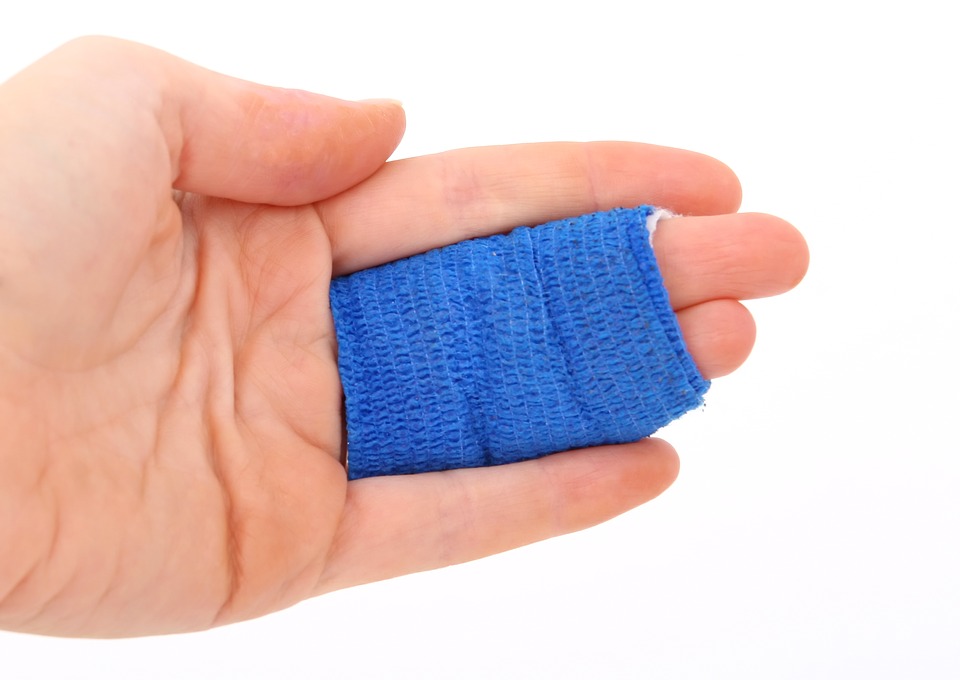
Have you been impacted by a bone injury? A break, sprain or bruised muscle can cause a lot of pain and discomfort and affect your everyday life. Whether you’ve received medical care yet or you are on your way to see a doctor, one thing is for sure, a physical exam and diagnostic testing will help determine the correct diagnosis and treatment plan. Here are a few options that your doctor may discuss with you when you present with a skeletal injury of the bone.
Types of Therapy
Part of almost every treatment plan for a broken or injured bone will include some form of physical therapy. This is because you’ll need to strengthen specific body areas in order to aid in the recovery from your injury. Physical therapy uses the following to help you properly recover:
- Specific exercise therapy
- Targeted manual massage
- Mechanical force of movements for enhancing strength
The main goal of your orthopedic physical therapy session should be to promote overall function and mobility of your entire body. Physical therapy can be grueling, but under supervision, you should see results within the first few sessions.
Another beneficial type of therapy is massage therapy. This is also a targeted therapy that uses a natural approach to relaxing muscles in the affected area and helps aid with pain and promotes a range of motion. Your massage therapy session may include pressure therapy and heat therapy to also help soothe overworked, tightened muscles.
Casting
Part of repairing a bone break is working toward a common goal to help repair the break and restore strength and fluid movement in the injured area. If your case is severe, you may be referred to an orthopedic surgeon for a consultation. Surgery may be the only option if the break is not clean or there are underlying issues with your bone. If you can avoid surgery, the next recommendation may be a cast. This will help keep your bone in place, help avoid overuse and allow for proper healing. Your doctor will carefully cast your limb with a customized plaster or fiberglass wrap to ensure that there is no shifting and that the fit is snug and secure. From there, it will have to be checked on every few weeks until it reaches the desired set of placement. This layer of protection allows you to go about most daily activities while keeping your bones aligned so they can heal back together properly.
Splints or Brace
When dealing with a skeletal injury, your doctor will want to make sure that you recover properly, no matter if he recommends surgery, therapy or both. If your injury is bad but doesn’t require surgical intervention, nor does it require placing your bones back into position, he still may wish to stabilize the area. This can be done with a half-cast, splint or brace. This also helps to stabilize the area and blocks sudden movements or additional blunt force to further damage the area. Using a combination of elastic, plastic and sometimes metal, your injured bones are wrapped and then braced for support. The benefit of using a splint or brace is that they are removable, unlike a cast.
Traction
Traction is an option if surgery is not able to be performed due to poor health or other risk factors. Traction is not often a popular choice because it can be uncomfortable and painful. There are other alternatives that don’t include such an intense process. Some practitioners will use traction methods of stretching muscles along with weights and use braces to help combat more severe curvatures of the spine or repairs of broken or misaligned bones. Some other forms of traction occur when you are positioned in such a way that your body is stretched to reduce tension in specific areas. This method is used to reduce or eliminate muscle spasms and reduce pressure on nerves that may be triggering high levels of pain. Traction involves a non-surgical approach to healing a broken or misaligned skeletal area.
Finding non-surgical methods to treat broken bones and other skeletal malformations is not impossible. Always talk with your doctor about what your treatment options are and weigh the pros and cons of each one before you make your final decision.
Also, it’s important to carefully research the sort of medical professionals you trust with your body’s recovery. There are different kinds of therapy available, and it makes a lot of sense to do your homework beforehand so when an emergency happens, you can get better help faster from the right people. To that end, these orthopedic surgeons in Ocean, NJ have an exceptional reputation for bone, muscle, and nerve issues. If you’re not in this area, using them as a reference point can be worthwhile. Knowing who can help you may not only save you money, it could be the difference between full recovery, and a lifelong injury.